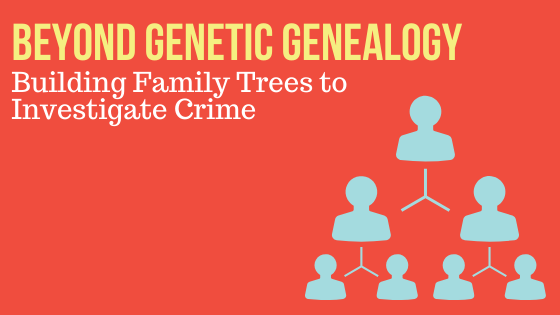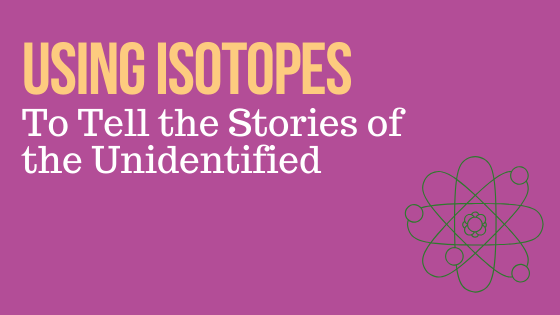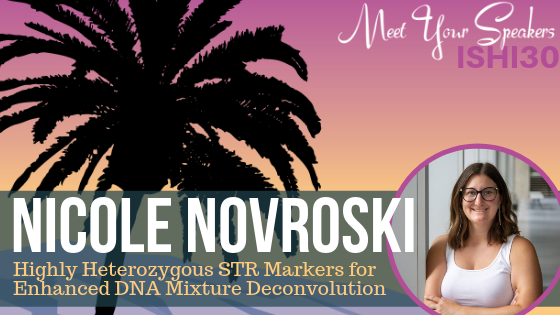Beyond Genetic Genealogy: Building Family Trees to Investigate Crime

“Class! Class!” Diahan Southard raises her voice and claps twice, cutting through the buzz of conversation that fills the room. Dutifully, her class responds. “Yes! Yes!” It’s a technique that Southard has learned from her experience with raising three children and over 20 years of teaching. Her audience is broken up into small […]
Using Isotopes to Tell the Stories of the Unidentified

According to the National Missing and Unidentified Persons System (NamUs), 600,000 individuals go missing in the United States each year. While many are quickly found, it is estimated that 4,400 unidentified bodies are recovered each year, with 1,000 of them remaining unidentified after one year. All told, there are currently more than 40,000 sets of […]
Genetic Genealogy – What Does the Future Hold?

Across the United States, and increasingly internationally, detectives are closing cases that have long since grown cold using investigative genealogy. Killers and other predators who have managed to escape justice due to a lack of leads are now finding themselves behind bars. Investigative genealogy relies heavily on open-source DNA databases, such as GEDMatch, […]
Under the Microscope – Nicole Novroski

De-convolution of complex mixtures can be challenging. Various improvements in polymerase chain reaction coupled with capillary electrophoresis (PCR-CE) and massively parallel sequencing (MPS) chemistries coupled with downstream statistical analyses have been developed and implemented to better resolve two or more person DNA mixtures. However, current genotyping outputs describe STR variation solely based on allele size […]
Under the Microscope – Brittney Chilton

In her presentation at ISHI, Brittney Chilton (Criminalist II at the Washoe County Sheriff’s Office Forensic Science Division) will share the story of Washoe County employee, Chris Long. In 2014, Chris was diagnosed with AML/MDS Leukemia. He underwent a stem cell/bone marrow transplant and volunteered to participate in a case study led by the Washoe […]
Under the Microscope – Regina Wells

Laboratories across the country are dealing with backlogs of sexual assault kits waiting to be tested. Laws in many states have changed requiring all kits to be tested, increasing the caseload for laboratories as well as the turnaround time in which results are obtained. The ANDE 6C Rapid DNA System can analyze an evidence sample […]
Under the Microscope – Lisa Mertz

Within the past 15-20 years, successful technological advances in forensic science have solved many cold cases. The increase in the number of possible items that might presently be tested as evidence in criminal matters, in general, has led to the need for collaborative efforts among the New York City DNA Laboratory, the New York City […]
Under the Microscope – Charlotte Word

In the early days of DNA profiling, Restriction Fragment Length Polymorphism (RFLP) testing required a relatively large amount of DNA for the development of a DNA profile, and the bloodstain left behind was still visible or detectable using presumptive testing. By the late 1990s, Polymerase Chain Reaction (PCR) testing had replaced RFLP, and the amount […]
Under the Microscope – Kevin Cheng

Reproducibility is one of the main principles of the scientific method. Reproducibility in forensic DNA interpretation typically relates to the reported match statistic. The development of probabilistic genotyping (PG) solutions using semi-continuous and continuous models was partly in a response to intra and inter laboratory differences to improve reproducibility of the results. However, there are still […]

